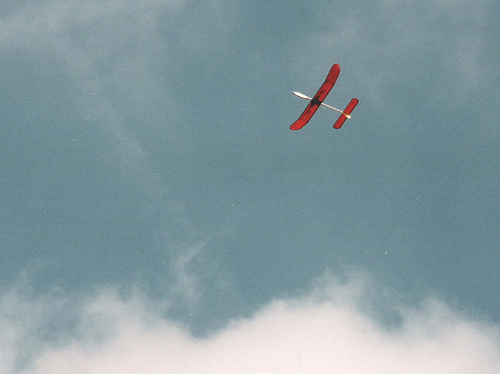 |
|
 |
 |
 |
 |
| Old and New Classes |
 |
Since aeronautics developed rapidly during the last century, model aircraft did the same. The latest electronic revolution is followed by an electric one. Ninety years ago, rubber was the propulsion motor of a flying model. Fifty-five years ago models were driven by internal combustion engines and were tether controlled. For forty years now RC is normal, for ten years an electric motor is the standard.
CIAM classes followed these developments much slower than the average modeller, who doesn't care about classes. Several official ones remain kept despite being supported by not more than hundred modellers all over the world. As long as they make an international championship worth to organise there is no point at all to get rid of them. But as soon as they demand energy to keep them surviving, in my opinion CIAM saddles the wrong horse.
On the other hand - as a matter of fact - new classes knock at CIAM doors, backed by growing communities, and some types of models had been ignored for a while. At least RC handlaunch gliders, slope soaring gliders, freestyle helicopters and indoor aerobatic models are declared being official; with their first international championships in 2011 (F3K), 2012 (F3N and F3F) and 2013 (F3P). And – good news – some hundred thousands of scale models buffed up to beauties are now eligible to enter an FAI competition as long as they meet the moderate requirements of the new class F4H. Pilots of models driven by a jet turbine got a challenging target to improve their flying skills by the new aerobatic class F3S, but other treasures remain unraised. Combat with RC models congregates an international group of pilots without ever been noticed by CIAM officials, not to mention aerobatic gliders attracting a lot of public and already competing in international series. Regarding old and new classes CIAM politics has to be thought over and - whereever found necessary - to be revised. |
 |
 |
 |
|
 |
 |

